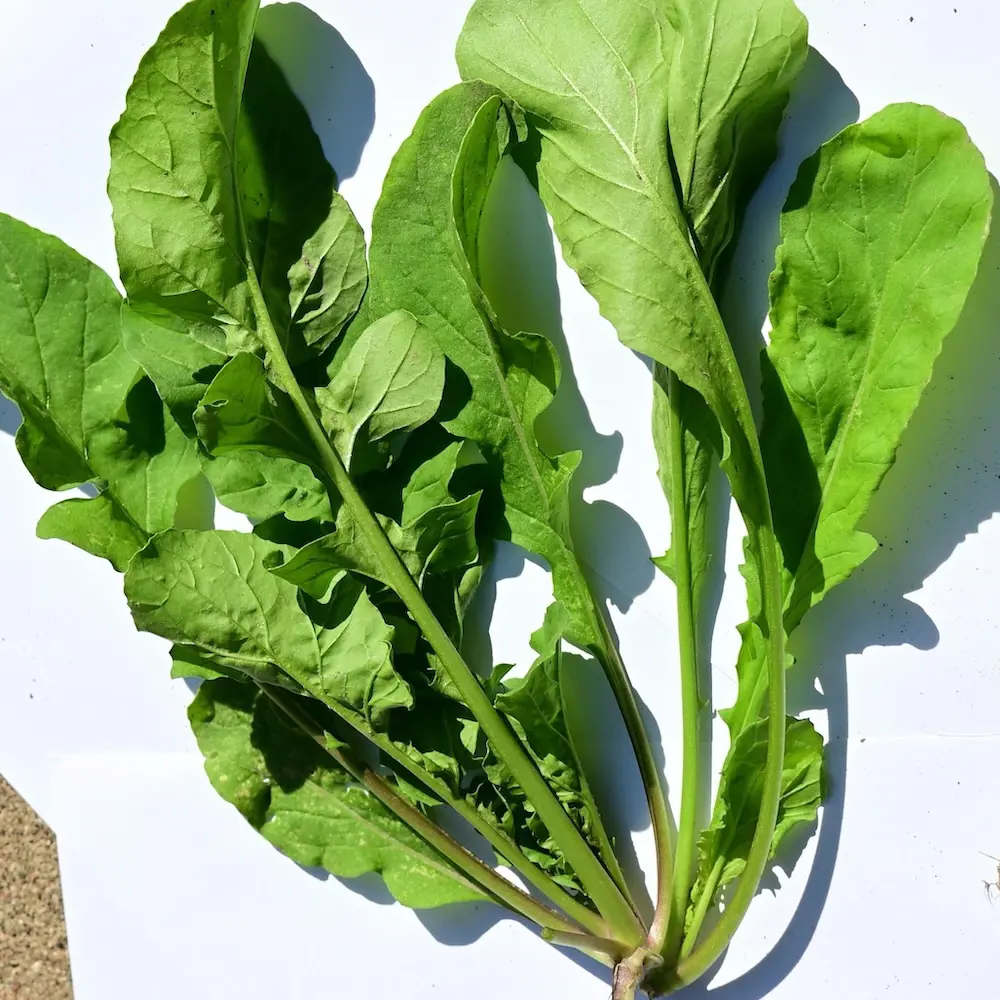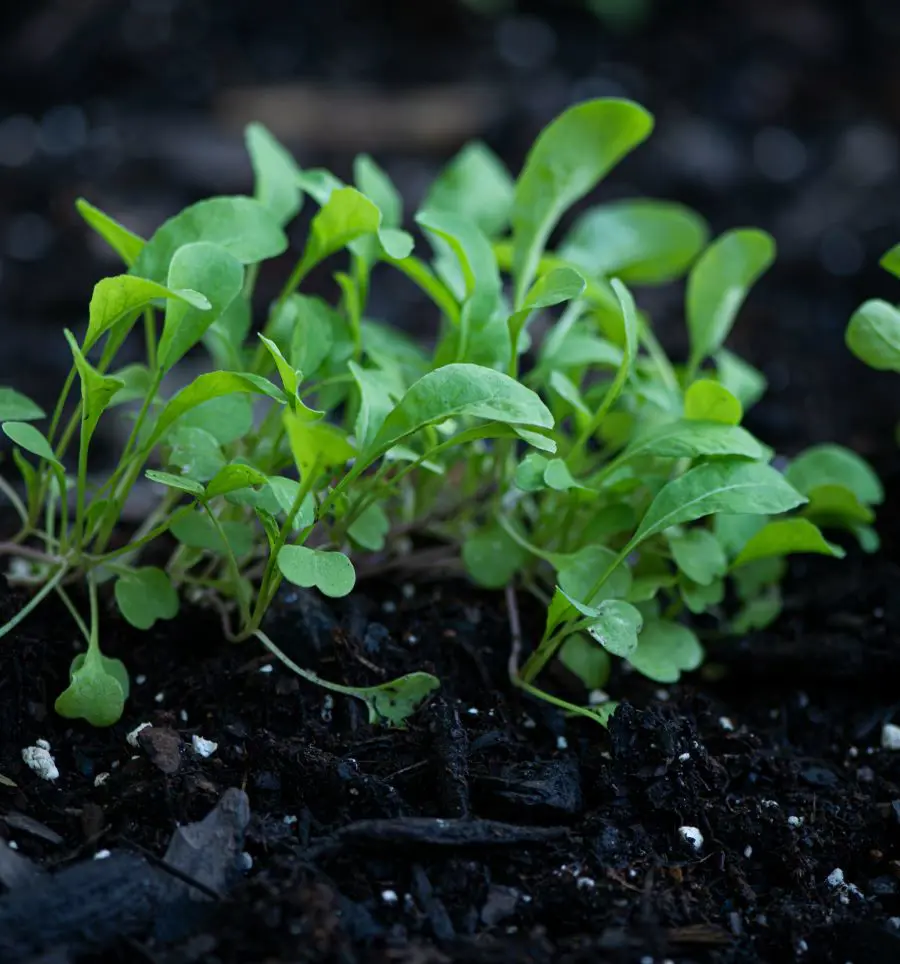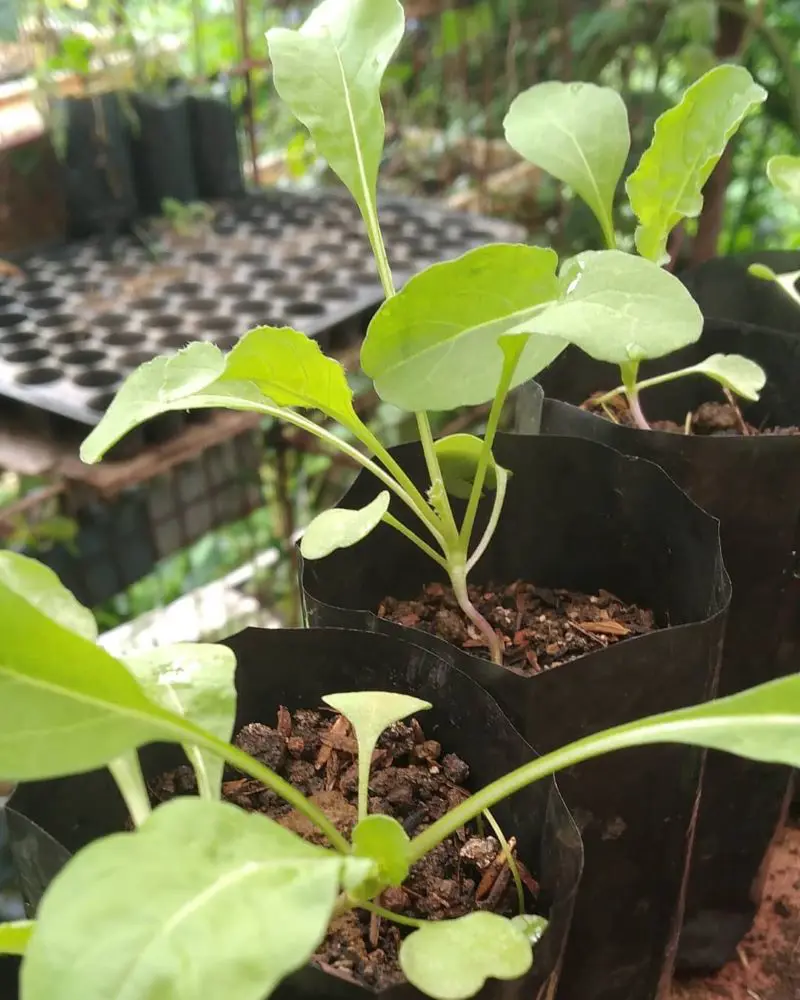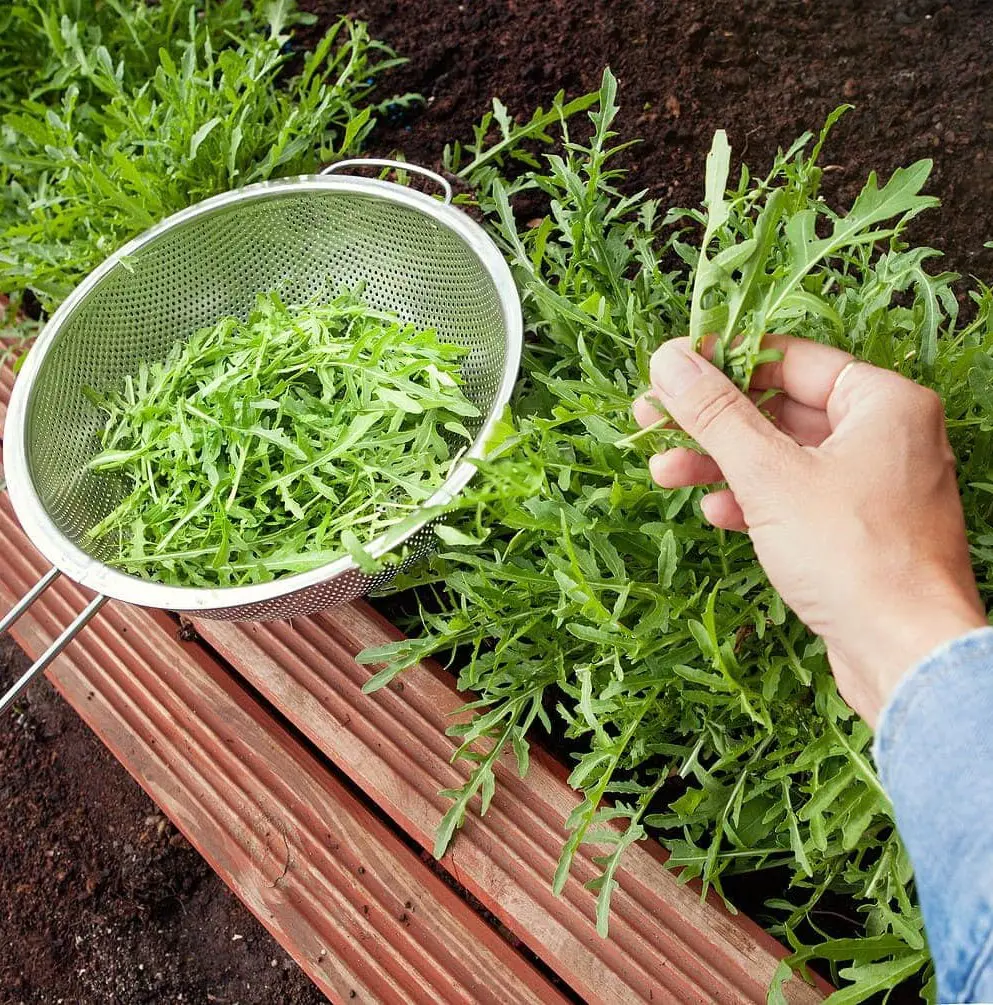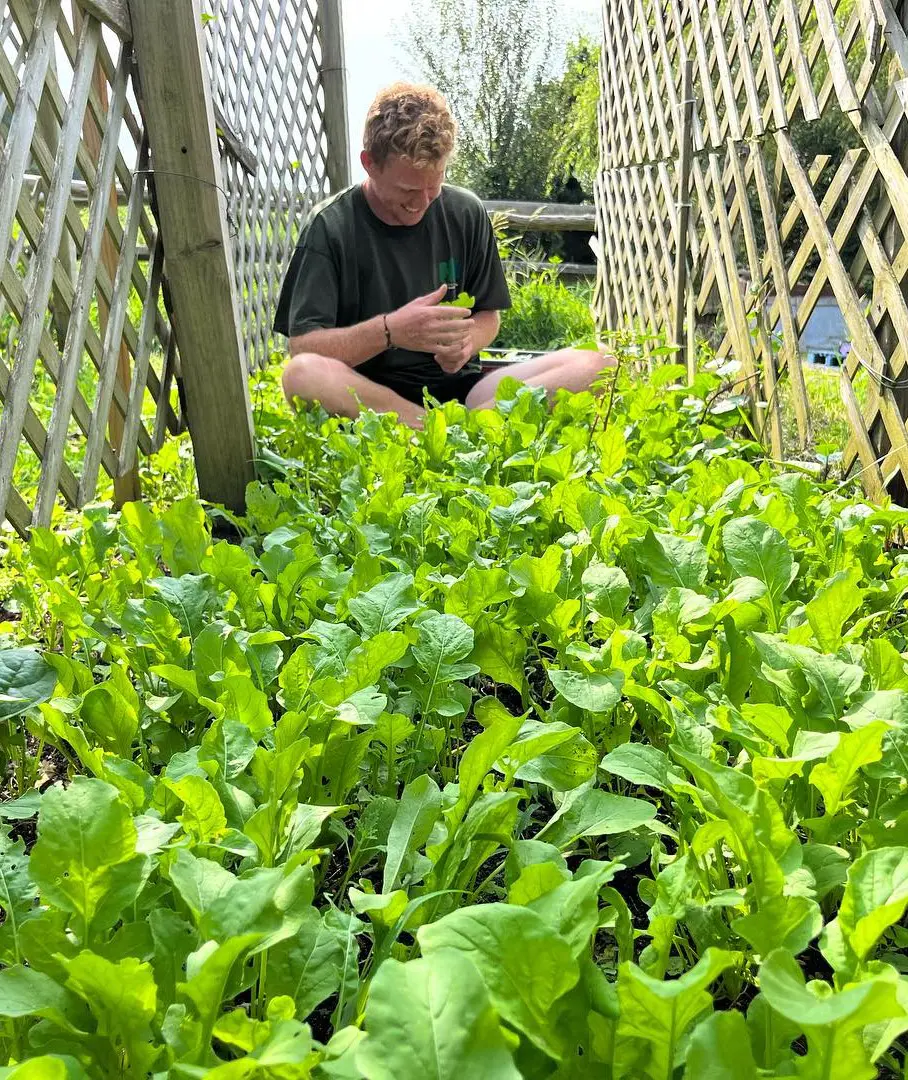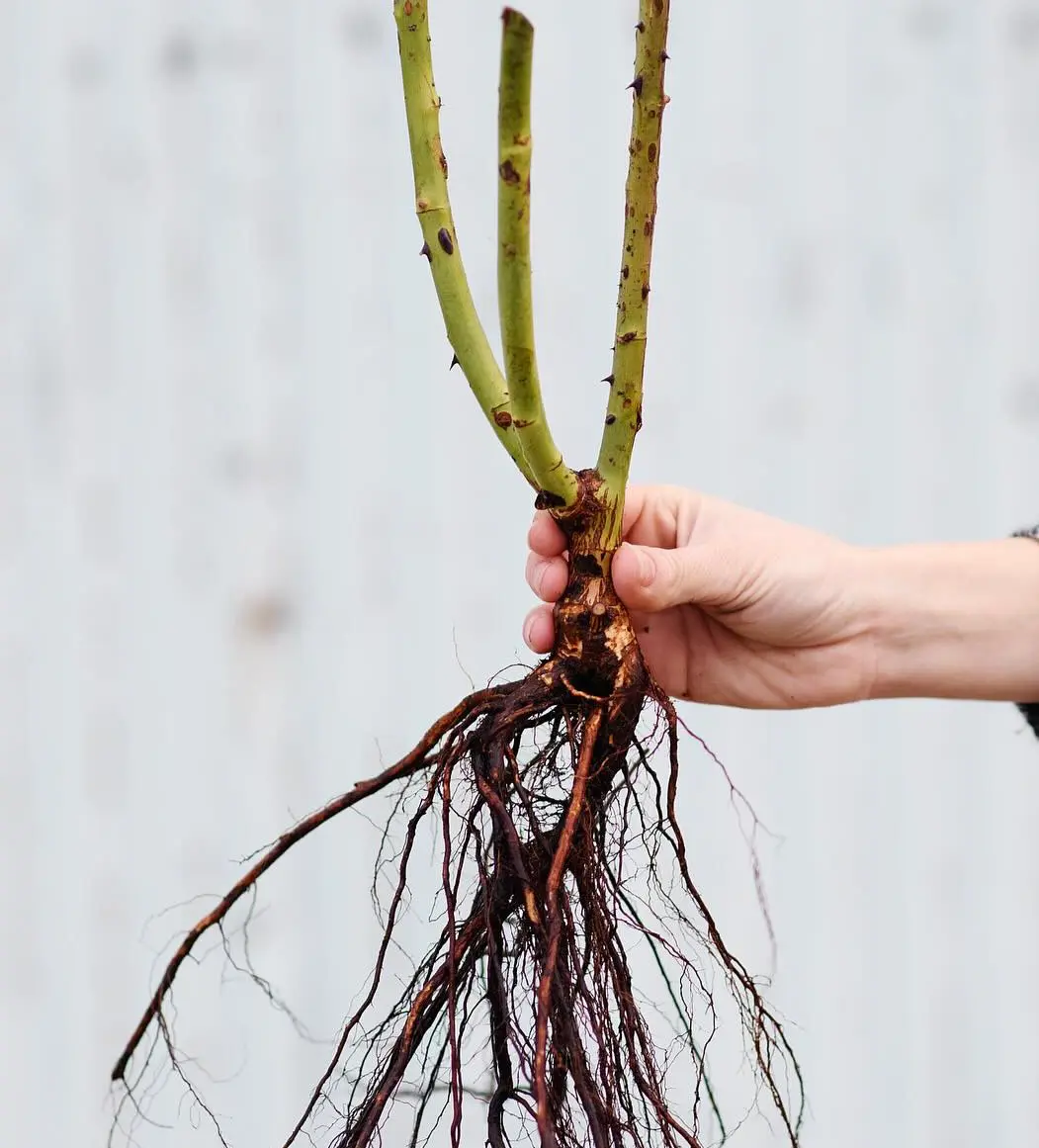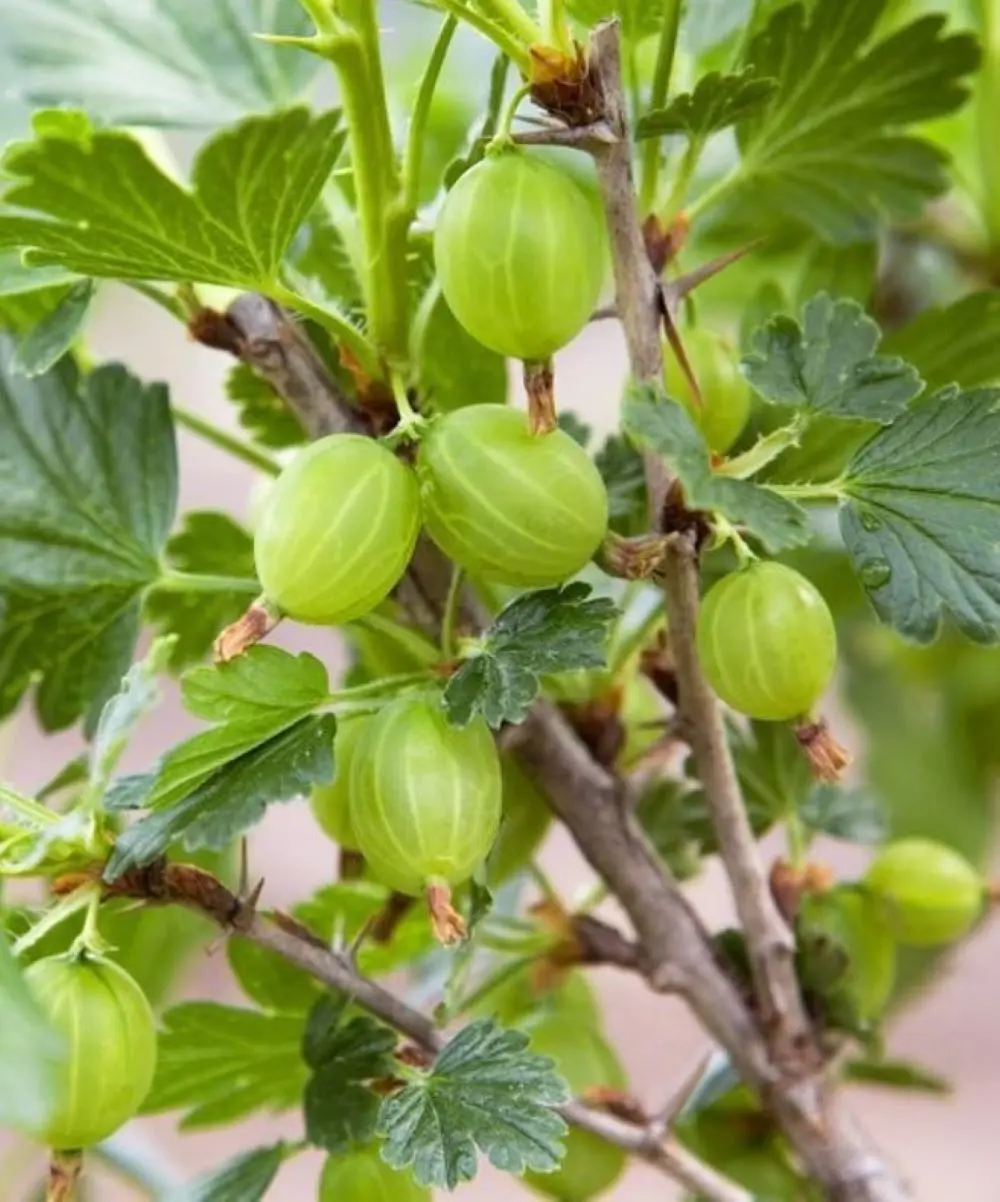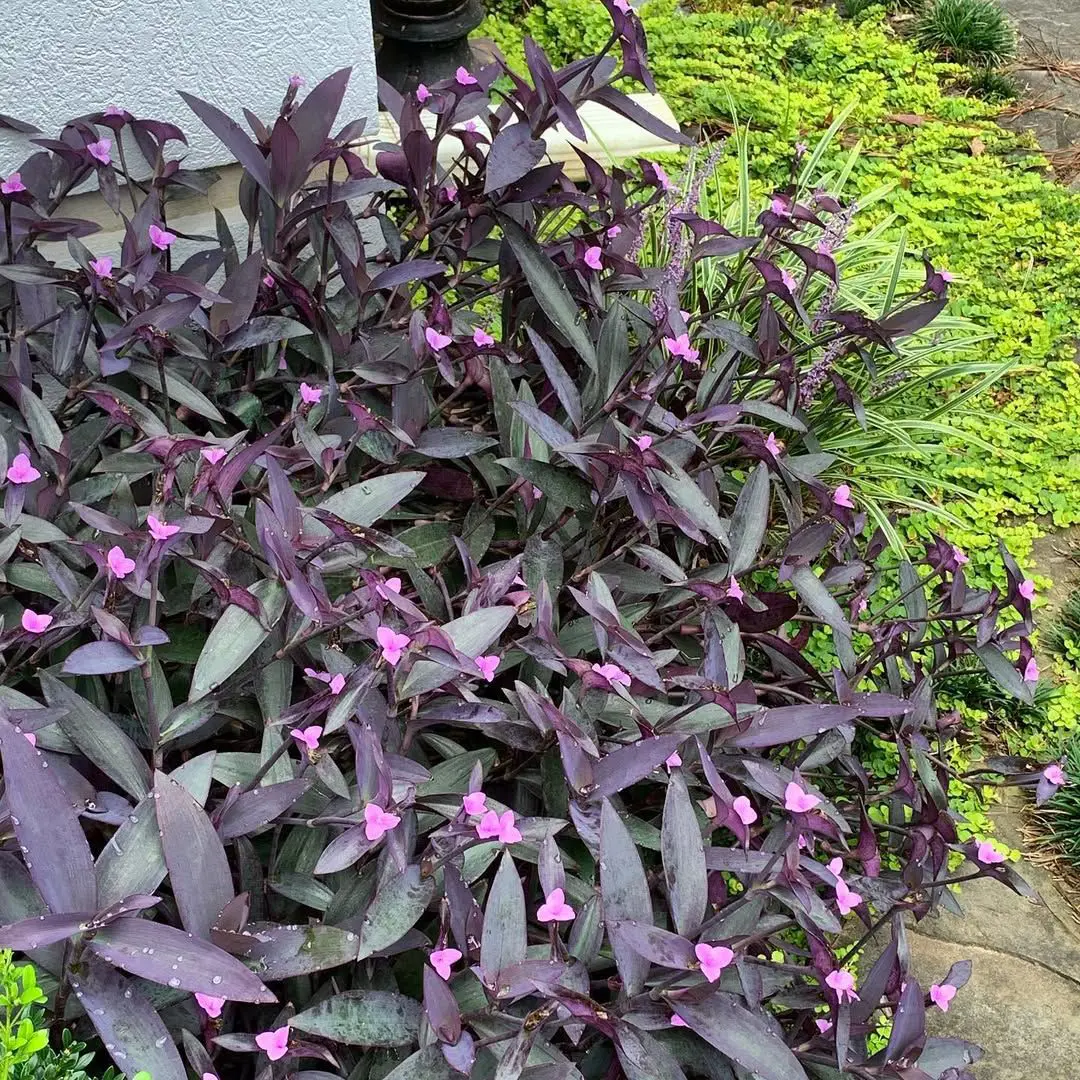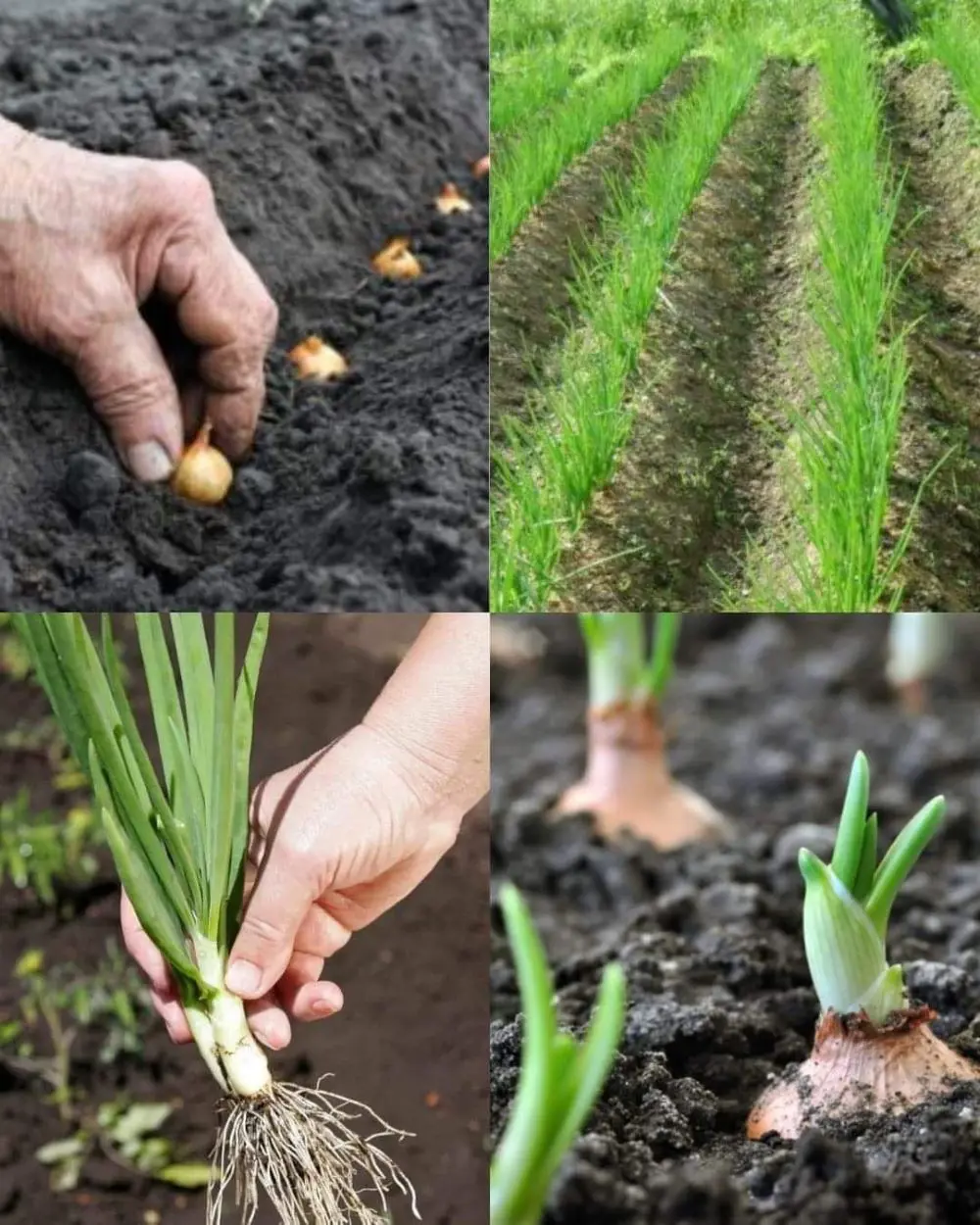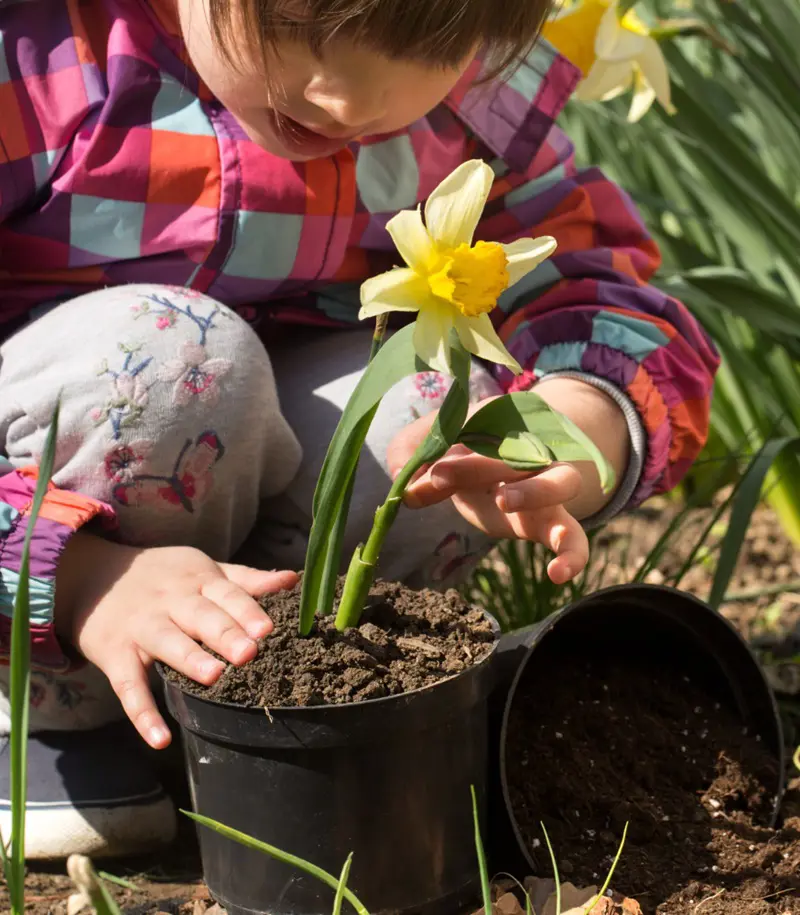Arugula Greens Overview
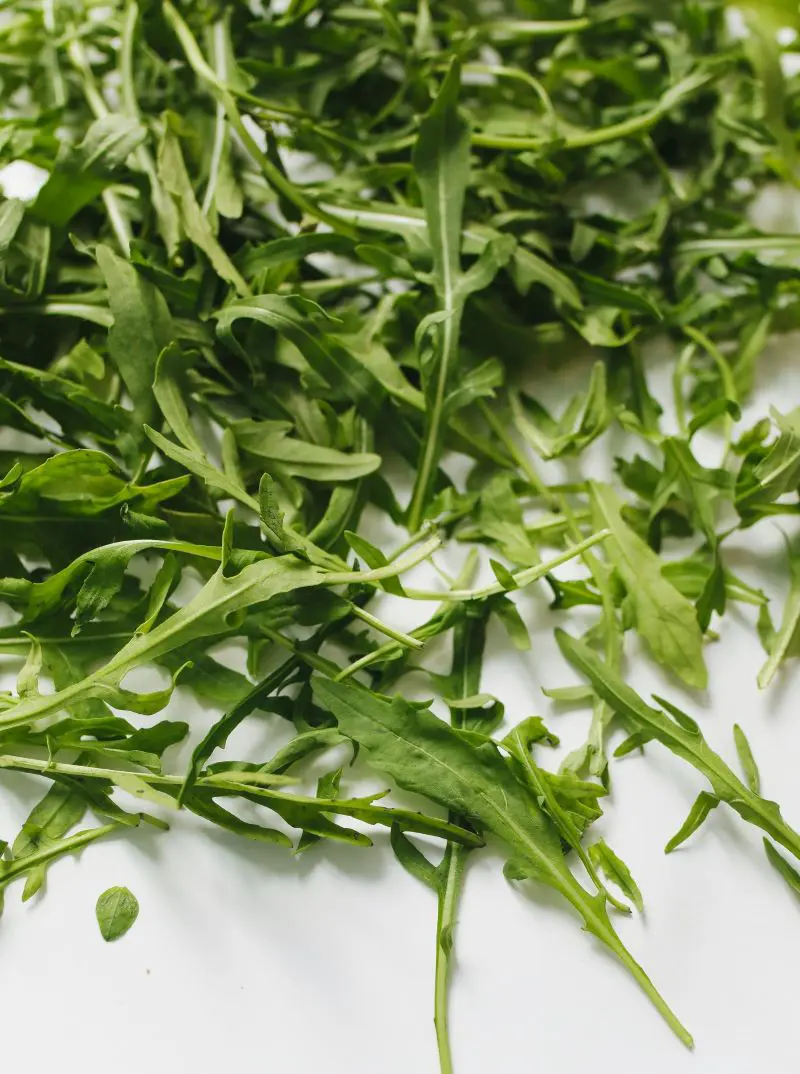
- Scientic Name: Eruca Versicaria
- Family: Brassicaceae
- Plant Type: Vegetable, Annual
- Size: 2–3 ft. tall, 1–1.5 ft. wide
- Sun exposure: Full Sun, Partial Sunlight
- Soil type: Loamy, moist, well-drained
- Soil pH: Slightly acidic to neutral
- Blooming Season: Spring, Summer, Fall
- Flower Color: White
Arugula is not only a popular green that restaurants seem to put on but is easy to start from seed and grow at home. Arugula stems from the warmer parts of Europe and along the Mediterranean through Turkey and western Asia.
These plants are planted in early spring or early fall and can harvest young leaves 6 to 8 weeks after sowing. The leaves are deeply lobed and reach around 3 to 6 inches long.
The arugula green is considered a delicious raw and can be used as a healthy add-on topping for pizza, nachos, sandwiches, and wraps.
It is a member of the mustard family often found in mesclun seed mixes, and grows quickly, carrying a bolder flavor than most greens. Many people love its spicy, peppery taste in salads as an accompaniment to sandwiches.
